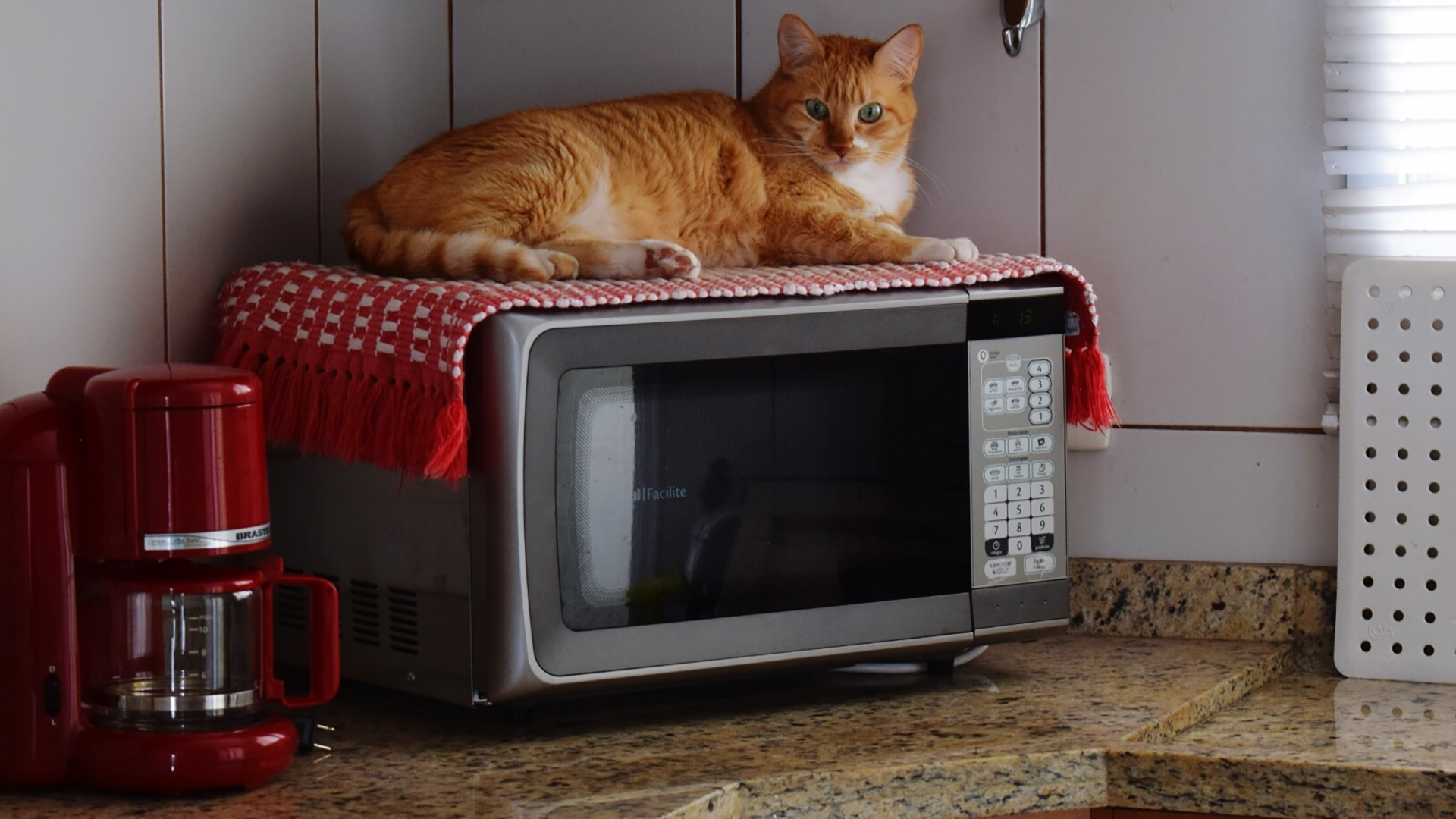Choosing the right microwave for your kitchen involves considering various factors, including features, performance, and price. Microwaves come in many options, from budget-friendly models to high-end, feature-packed appliances. Understanding the cost implications of different microwaves can help you make an informed decision that aligns with your needs and budget.
In this article, we'll explore the price ranges of microwaves, from basic countertop options in the $50 to $100 range to mid-range models priced between $100 and $300, and finally, premium microwaves that cost $300 to $1000 or more. By understanding microwaves' features and price points, you can find the balance between performance and cost that suits your cooking needs.
Keep reading to find out how much a good microwave should cost, and for more information, visit our guides for the best microwaves.
Technology and features
The price of your new microwave is heavily influenced by the technology and features contained within. More advanced technology or innovative features generally lead to a higher price tag. Microwaves that incorporate advanced cooking techniques, such as inverter technology and convection cooking, are more expensive because they produce more precise and efficient results.
Smart connectivity and more intuitive controls, which allow for remote operation and personalized cooking with presets, also increase the price. Microwaves with sensor cooking capabilities to automatically adjust cooking times and power levels are also popular and, therefore, pricey.
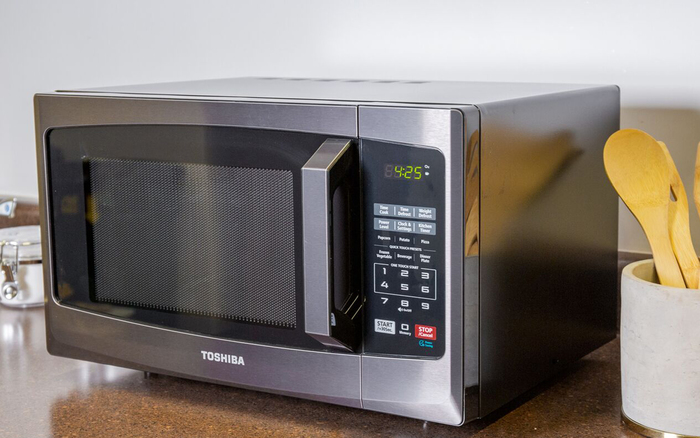
Brands
Some brands are more well-known and trusted by the average buyer, so they can afford to charge more for their appliances. These established brands tend to invest more in research and development, coming out with new features more regularly, so you can expect the reputation, received value, and implied quality to all push the price tag even more.
There's also customer support and extended warranties to consider, as well as aesthetics and variety, which are sometimes prioritized by the big hitters.
Looking at Amazon, Toshiba's prices range from $115 to $318, while a built-in oven/microwave combo from aesthetics-led Café would set you back $2,899. The most expensive countertop microwave on the site is the Panasonic NE-1054 at $1,300, while the cheapest is the 700-watt Farberware model at $85.
In short, research which brands offer more budget options, as their top-of-the-line products could potentially offer more bang for your buck.
Build quality
If you want a sturdy appliance, consider build quality inside and outside your microwave as a top priority. This means stainless steel, tempered glass, and other durable materials, but you'll also be paying a little more. When you shell out those $$$s, you're investing in better craftsmanship, assembly, and manufacturing, and you'll have something built to last longer.
Advanced components include high-performance magnetrons, precise temperature sensors, and durable turntables.
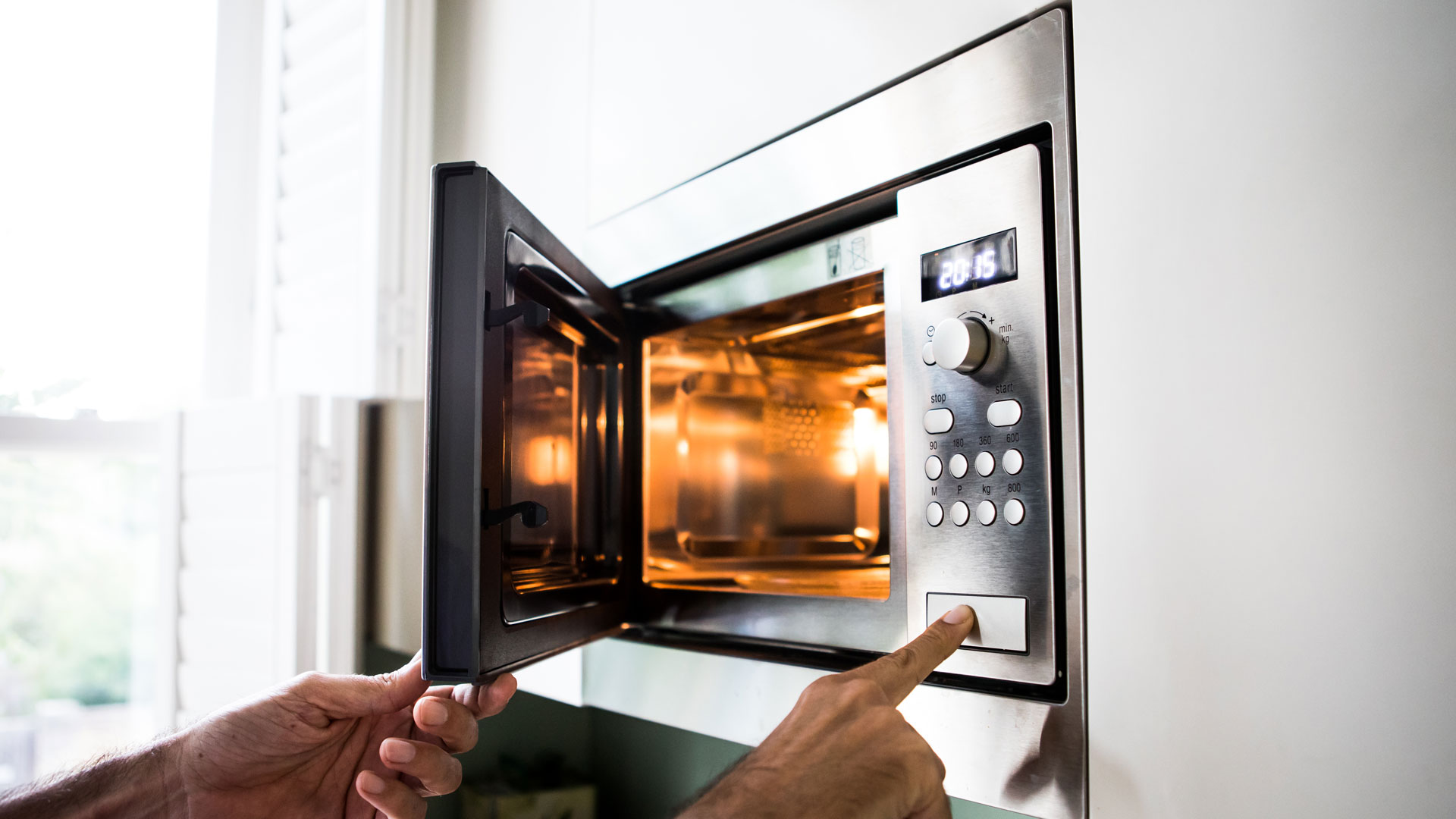
Capacity and size
It's common sense that a larger-capacity microwave would be more expensive, but that doesn't mean it's better value in your particular circumstances. Microwaves with larger internal capacities, such as the best over-the-range and built-in models, come with higher price tags because they can accommodate larger dishes and cookware, making them suitable for large households with space to house bigger appliances.
Due to added cooking options, models with convection cooking capabilities and combination features, like microwave and air fryer functionalities, are also priced higher. Microwaves with higher wattage and cooking power are also more expensive due to faster and more efficient results.
Energy efficiency
The energy efficiency of a microwave significantly affects its price, with more efficient models often costing more initially. However, energy-efficient microwaves consume less electricity during operation, resulting in potential long-term savings on your energy bills. These microwaves also often have features such as low standby power consumption.
While the energy saved by using an efficient microwave for individual tasks may seem small, the cumulative energy savings over its lifespan can lead to more cost-effectiveness.
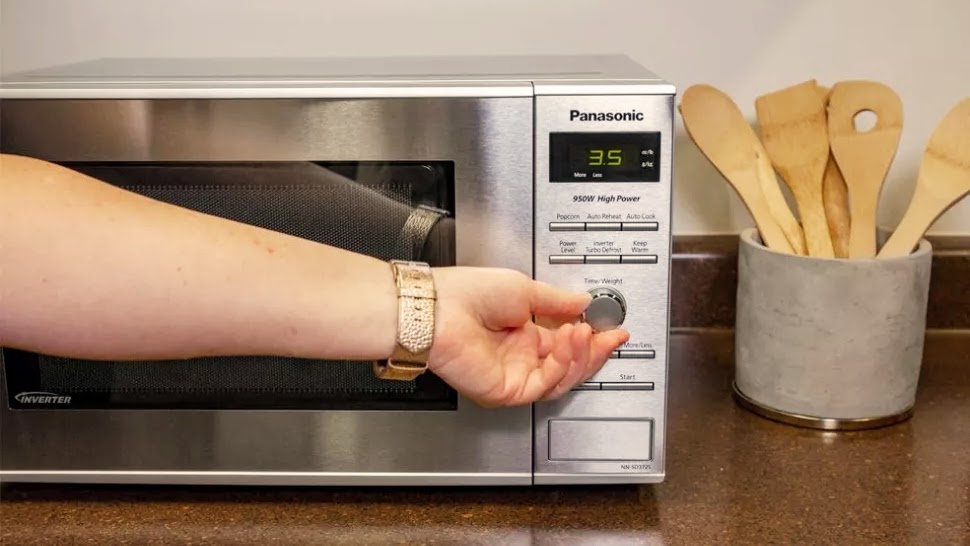
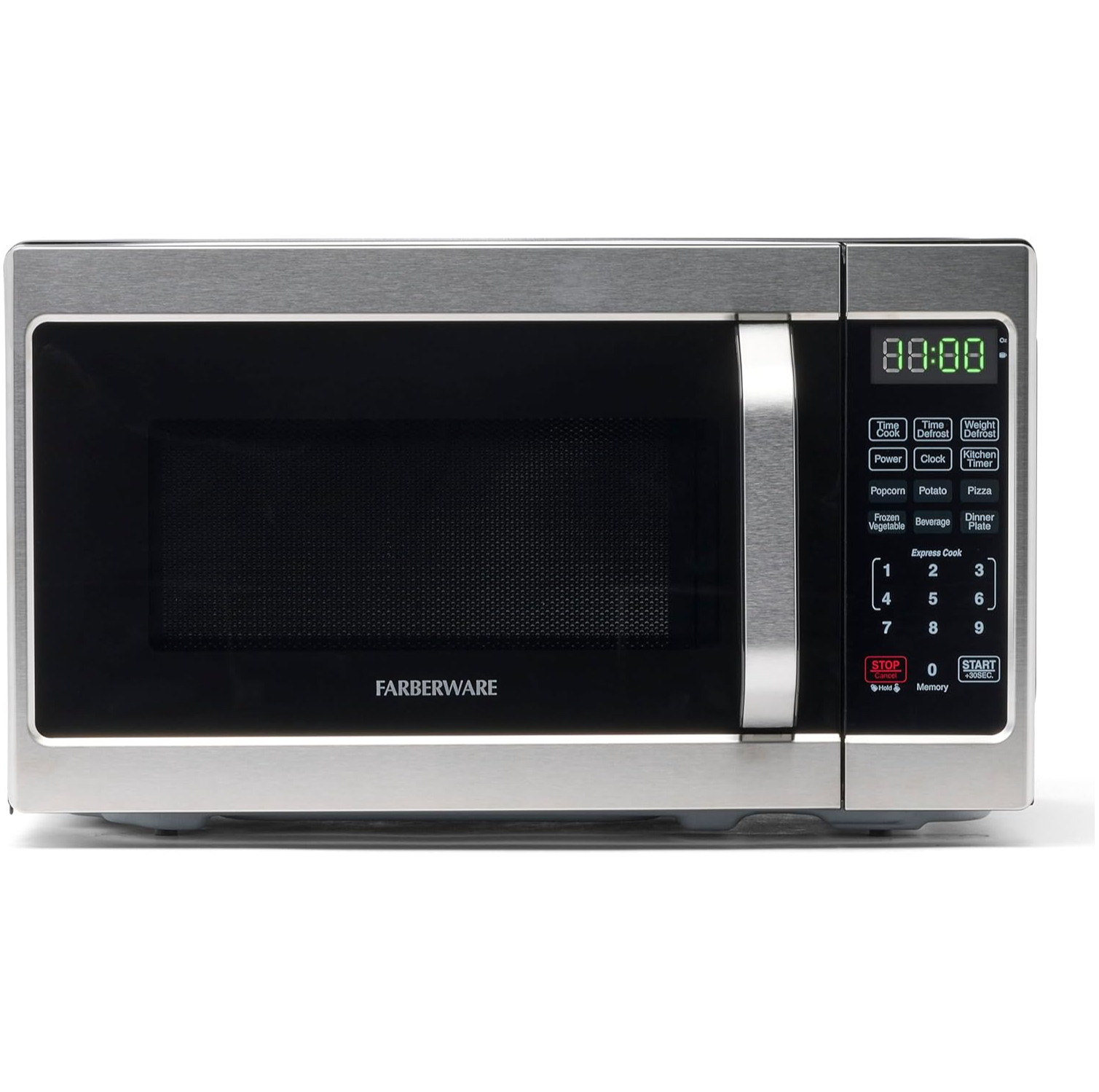
The Farberware 700 Watts 0.7 Cu. Ft. Microwave has 10 settings, 6 one-touch options, and a size of 0.7 cu ft. It also features an LED display, interior light, and child safety lock.
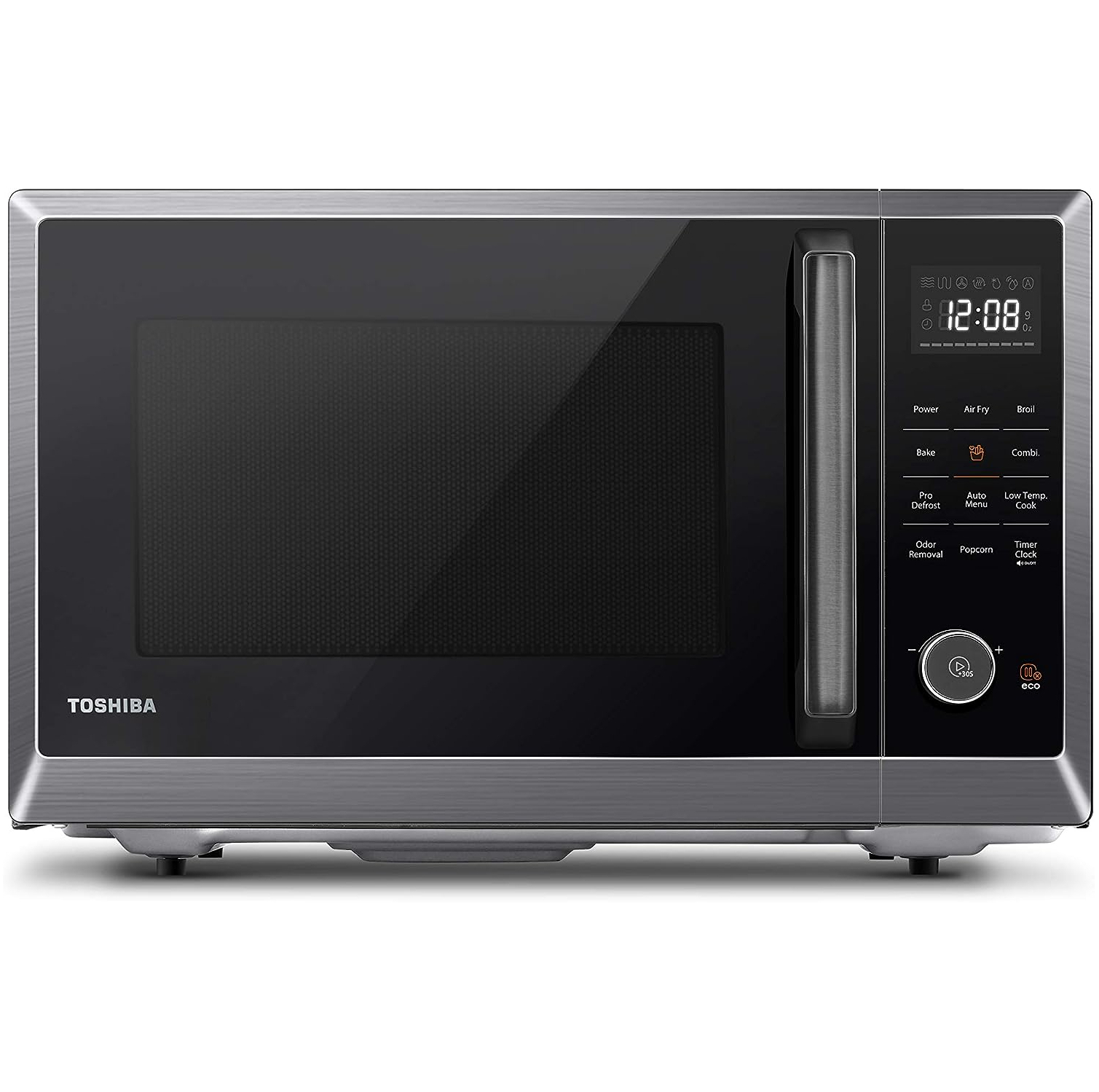
The TOSHIBA Combo 8-in-1 Countertop Microwave has air fryer, convection, and grill functions. It also boasts a stylish black stainless steel design, large capacity, and easy operation with LED display and touch controls.
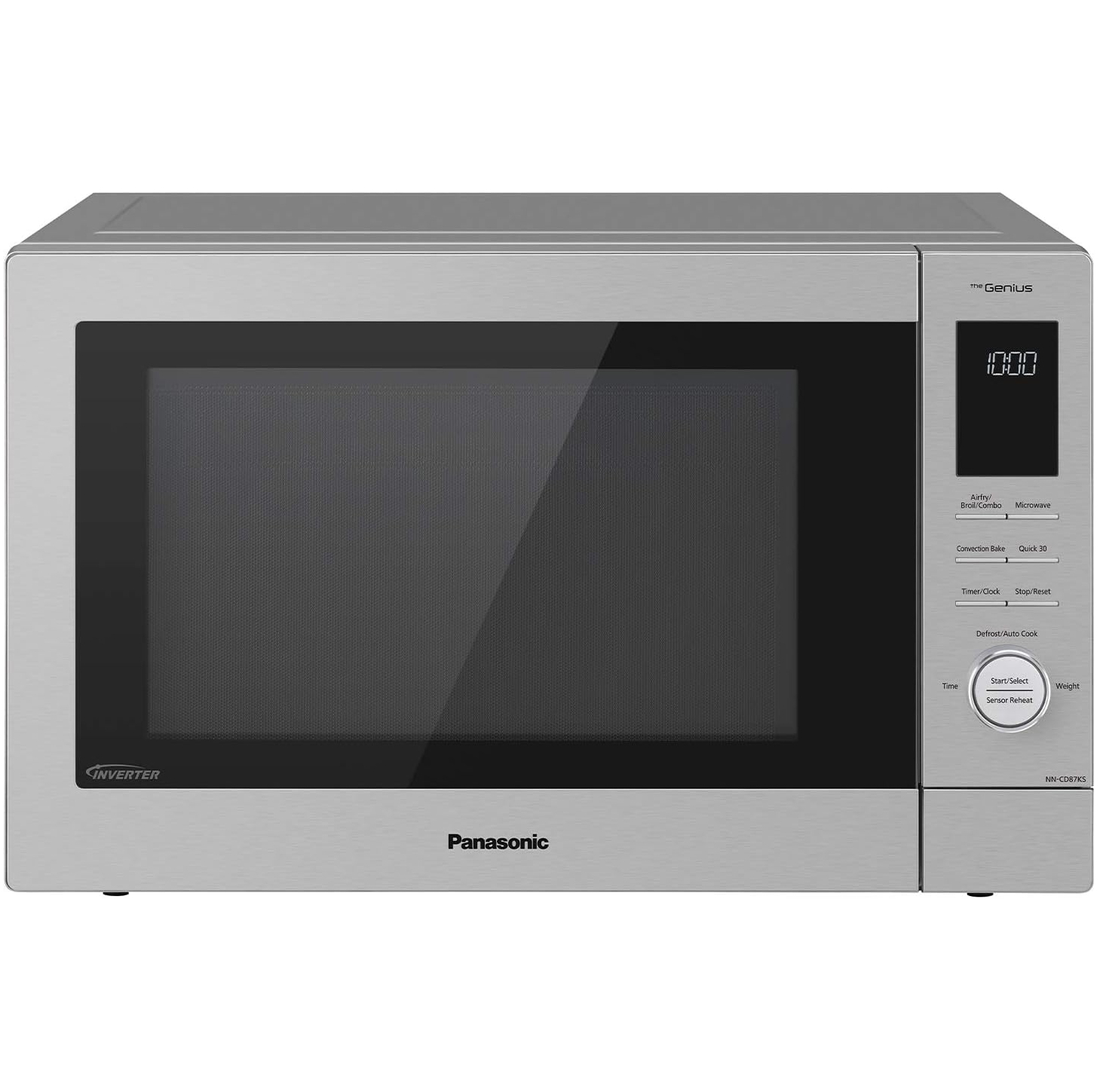
The Panasonic HomeChef 4-in-1 Microwave is a versatile appliance that offers healthy air frying, convection baking, smart inverter technology, and a sleek design.
So, how much should a good microwave cost?
How much you pay for a good microwave will come down to balancing your and your household's needs and preferences with your budget.
While higher-priced models between $300 and $1000 may offer advanced features and superior build quality, they may not necessarily provide the best value for everyone. On the other hand, budget-conscious shoppers can find a great microwave in the lower price range between $50 and $100, offering reliable performance without breaking the bank.
Mid-range microwaves costing between $100 and $300 provide a range of features at a reasonable price, while premium models cater to those who prioritize cutting-edge technology and design.
